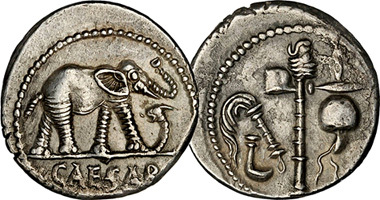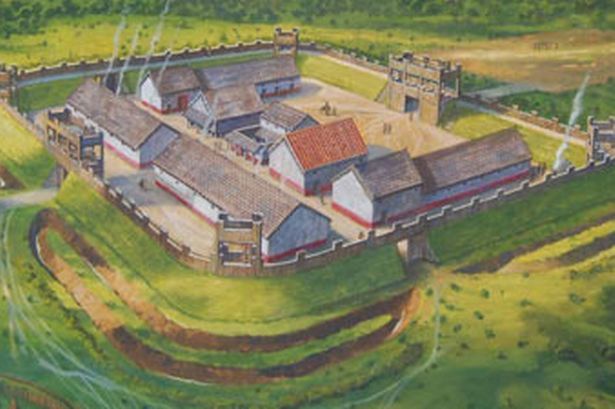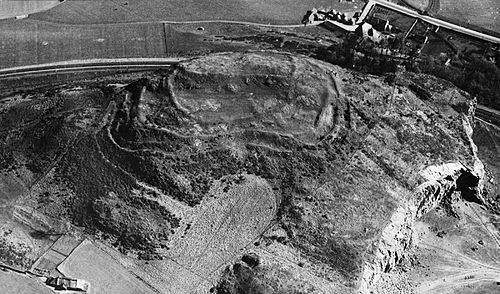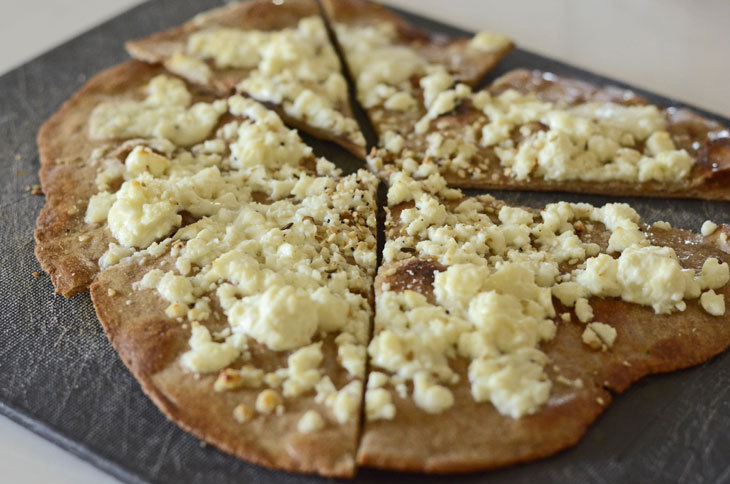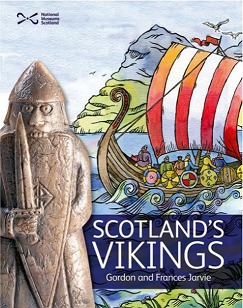Romans Vs Picts Vs Vikings
The Romans
The Romans invaded Great Britain in 43AD (that's a really long time ago). One year later they invaded Caledonia (that's what they called Scotland)!
We know they were in Fife because we’ve found Roman coins (called denarii).
The Romans had a Fortress at Carpow, close to Tentsmuir. Some people believe they tried to cross the Tay on boats but were fought off by Picts who had a fort at nearby Newburgh.
The Picts
The Romans fought against the native people who, at this time, were called Picts.
The name Picts means "painted people", as they often covered themselves in dye (probably to scare off the Romans!).
ACTIVITY
Fancy making some traditional Roman honey and sesame pizza?
Try our recipe (make sure you have an adult to help you)!
What you'll need:
1 piece pizza dough
Olive oil for frying
Crumbled feta cheese (or any other cheese you’d like)
Sesame seeds
Drizzle of honey
Roll out the dough until it is thin and leave it to rise for 20 minutes. Heat the frying pan with oil and fry the dough on both sides until golden brown. Remove from the pan, sprinkle with cheese, sesame seeds and drizzle on some honey.
But where are the tomatoes!? Did you know that tomatoes weren’t actually brought to Europe until the 16th century so Roman pizza wouldn’t have had any tomato sauce!
Hungry soldiers can't defend an empire! Bonam appetitionem (that's Latin for bon appétit)!
The Vikings
In the 9th Century the Romans were gone but the Picts now had to deal with Vikings invading from Scandanavia!
Want to learn more about the Vikings in Scotland? Check out this book from National Museums Scotland! Available here!
The Environment
Over the past 2000 years, humans have continued to be the main control over Tentsmuir's environment.
The Romans changed the landscape by cutting down trees and clearing areas to build forts and make weapons and likely had areas of farmland and grazing animals to feed hungry soldiers!
The Picts burned areas of land to allow grass to grow for animals to eat.
Some of these Vikings settled as farmers in Fife bringing new crops and animals which would have further changed and modernised the area.
